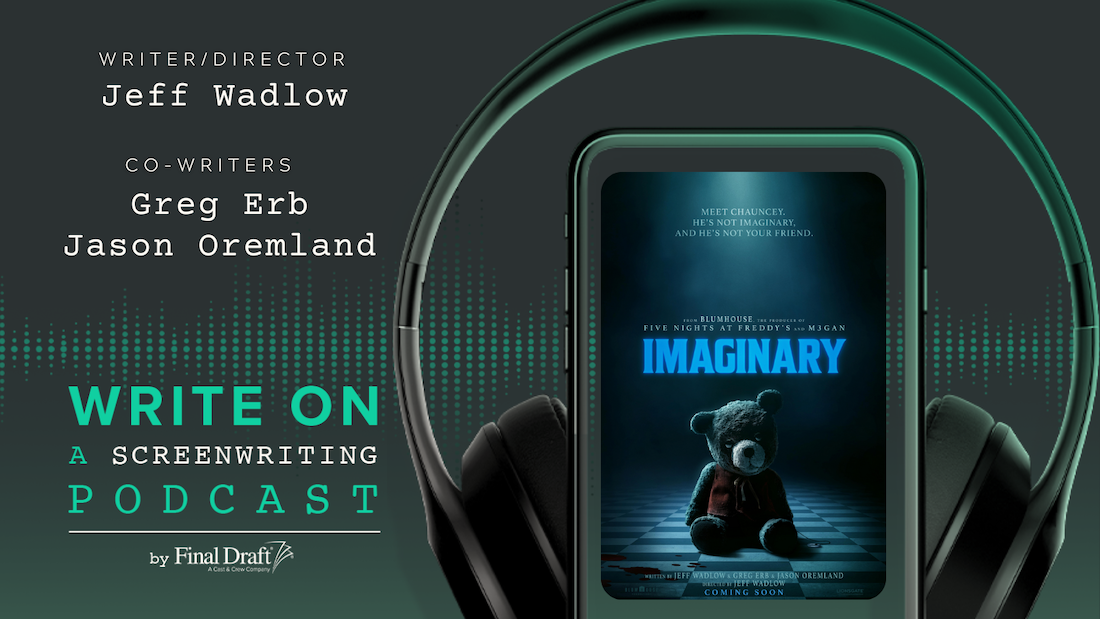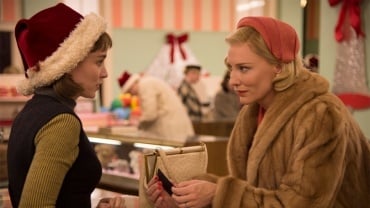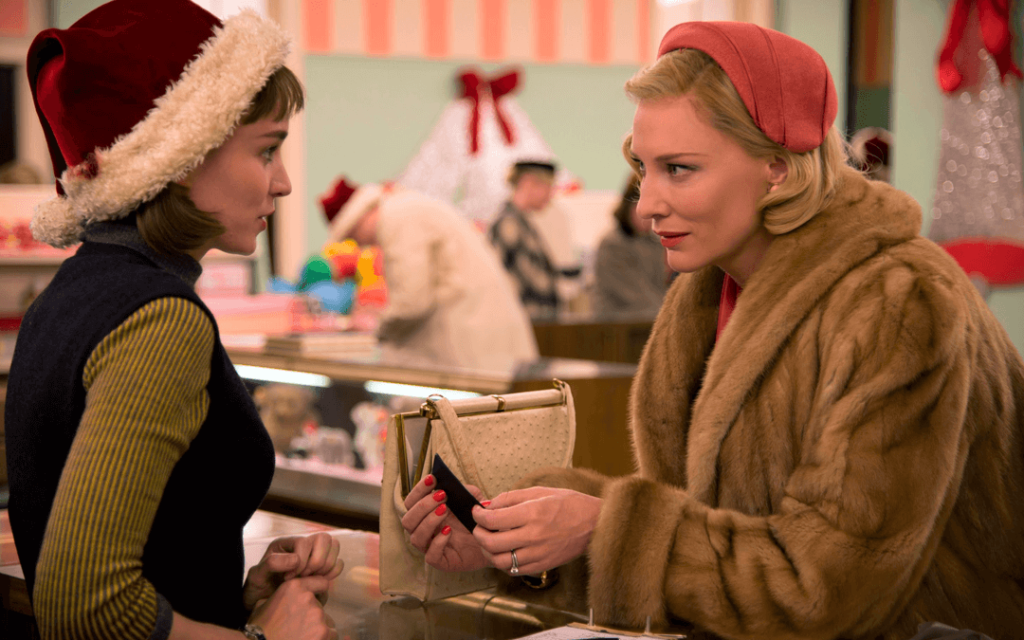Jane Anderson on her 15-Year Journey to Adapt 'The Wife'
August 24, 2018
Jane Anderson waited 15 years to see The Wife on the big screen and patience has paid off: The film premiered at the Toronto International Film Festival in 2017 and was released in New York and Los Angeles on August 17. Now, it is rolling out across the rest of the country.
The playwright and screenwriter, whose prior work includes Emmy® Award and WGA Award-winning mini-series Olive Kitteridge, Mad Men and Normal (2003), became enamored with Meg Wolitzer’s 2003 novel before even reading it. Anderson first heard of The Wife while the book was being reviewed on NPR. Immediately, she knew she wanted to adapt it.
The Wife tells the decades-spanning story of Joan and Joe Castleman's marriage. Joe (Jonathan Pryce) is a conceited and popular novelist, used to being in the limelight and happy for every opportunity to wallow in it. Joan (Glenn Close) dutifully plays the role of supportive wife, even while resentment subtly boils underneath her placid surface.
The film looks closely at their 40-year marriage, from early days as promising writers to the present, where Joan's long-simmering discontent threatens to upend not only their lives but the literary world as a whole.
“It took 14 years of writing it; trying to get it produced, financing dropping out, all of that. But it’s been my passion to get this made for that long,” Anderson said.
She says, however, that perhaps the wait has been for the best; that now is the right time for this tale — one of a woman who no longer wants to be “just the wife” to her smug husband — to finally hit the big screen.
“I think it's resonating now more than it would have in 2004,” Anderson said.
“Of course, the #MeToo movement … One of the reasons it took so long to make was the studios didn’t want to make a movie centered around a lead female as opposed to a lead male, and that’s changing now.”
The long delay — and the movie business’ familiar hesitancy to craft stories around older female protagonists — is something Anderson takes in stride.
“There were times during the 14 years where I was urged to make it more about Joe’s journey … I used to joke that if we called it ‘The Husband’ we would get financing,” she said.
After passing through the hands of several producers and at least one director, The Wife landed with someone who Anderson felt fully comprehended what the story was about: Swedish helmer Björn Runge (Happy End).
Runge, Anderson said, “really understood the original intention of my script, so we went back to that. He understood that the movie is about Joan and her journey.”
In the 15 years that have passed since Anderson first began work on the screenplay for The Wife, much of the script has stayed the same, even though she typed at least 22 drafts. Still, Anderson made some alterations to the source material.
“Early on, a lot of the drafts had to do with humanizing the character of Joe,” she said.
“Meg's book is just a delicious read, but it's told from Joan's point of view in a state of just fury. So that first-person reporting in the novel is a very dark, angry version of Joe. And when you translate something for the screen, you want to make every character as fully realized and sympathetic as possible.”
While adapting a book to a script, Anderson begins her process by meeting with the author to ensure they're on the same page (so to speak).
“I want them to know that I love their writing, love their book, love what they tried to say. Also, to get their blessing to be able to do whatever I need to do to translate it to film,” she said.
In some cases, that includes adding scenes that aren't in the book.
“I invented a lot of The Wife, but everything I invented I made sure was still in the spirit of Meg's book … It's capturing the essence of the book, but giving it new form.”
A book as ambitious as The Wife presents challenges for the writer undertaking the adaptation, but as a veteran with more than 30 years of experience, Anderson sticks to a routine that enables her to tackle any novel.
“The initial read is all about instinct and figuring out what is the book trying to say, what are the themes, and how do I translate those themes cinematically,” Anderson said.
The next step is a second and third careful read; marking every page, piece of action and beat.
“You know the difference between the experience of reading a novel or a piece of literature, you know that a novelist can kind of take their time and take you on offshoots because of the pleasure of exploring another world,” Anderson said.
“In a film, the structure has to be very tight; every scene has to lead to the next. Your job as a filmmaker is to find the clearest path for your protagonists and the clearest conflicts, so I will find those parts of the book, those plot points, that have the most effect on the protagonists.”
When asked if she has a daily writing routine or if she allows the process to be a little more “free flowing,” Anderson has to laugh.
“If it was free flowing, I'd never write,” she said.
“I get up really early and I try to be at my desk by eight or 8:30. I've been doing that for years. When I was a young writer I read in a writing book, ‘find out when you write best and stick to that regimen.’ That way you train your subconscious to be ready to write and go to work. You're doing a Pavlovian thing with yourself; you're tricking your muse, your subconscious.”
Written by: Eric Walkuski
Eric Walkuski is a screenwriter, film critic, journalist and reporter. He is currently a managing editor at JoBlo.com. You can follow Eric on Facebook and Twitter at @ericwalkuski- Topics:
- Industry Interviews & Spotlights




